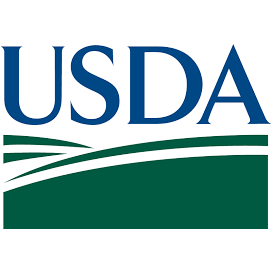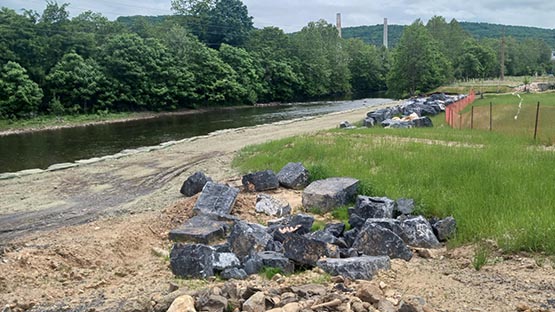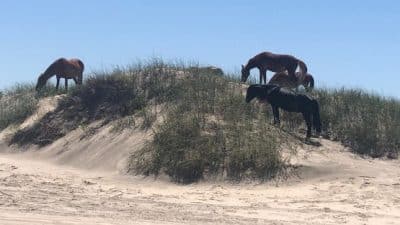
This is one of many funding announcements in the first round of USDA’s ReConnect Pilot Program investments.
“I am thrilled to see this important investment coming to the First District. For me, the issue of rural broadband dates back more than 20 years to my time on Westmoreland County Board of Supervisors,” said Wittman. “Demand for high speed broadband has never been greater; closing the digital divide is the key to lifting up countless communities and populations in unserved areas. While Congress has made great strides in tackling this issue, more can and should be done. If we are going to get broadband systems built out as quickly as possible, it means we must leverage private dollars as well as public dollars – at the local, state, and federal level.”
In June, Wittman held the third meeting of his First District Broadband Task Force in Tappahannock. USDA Acting Assistant to the Secretary for USDA’s Rural Development, Joel Baxley, attended the meeting to speak and meet with localities.
Baxley, as the head of the office of Rural Development, oversees the operations of the Rural Utilities Service under the direction of Chad Rupe, Acting Administrator of the RUS. The RUS is responsible for executing telecommunications programs, within USDA, including the newly created USDA ReConnect broadband grant and loan program.
Currently almost 50 percent of rural Virginians either lack access to high speed internet or 29 percent don’t have any internet service at all. At this meeting, the Task Force discussed the unique challenges that are present in the region which hinder access to high speed broadband services.
This includes the labyrinth of red tape and regulations, cost of service, and varying geographic obstacles.
Wittman, along with several colleagues, introduced the Broadband Data Improvement Act of 2019, which requires broadband providers to report service availability based on geometric location rather than traditional census blocks, to create an improved National Broadband Map that is significantly more accurate, so that federal broadband funds can be better directed to areas that need it the most.










